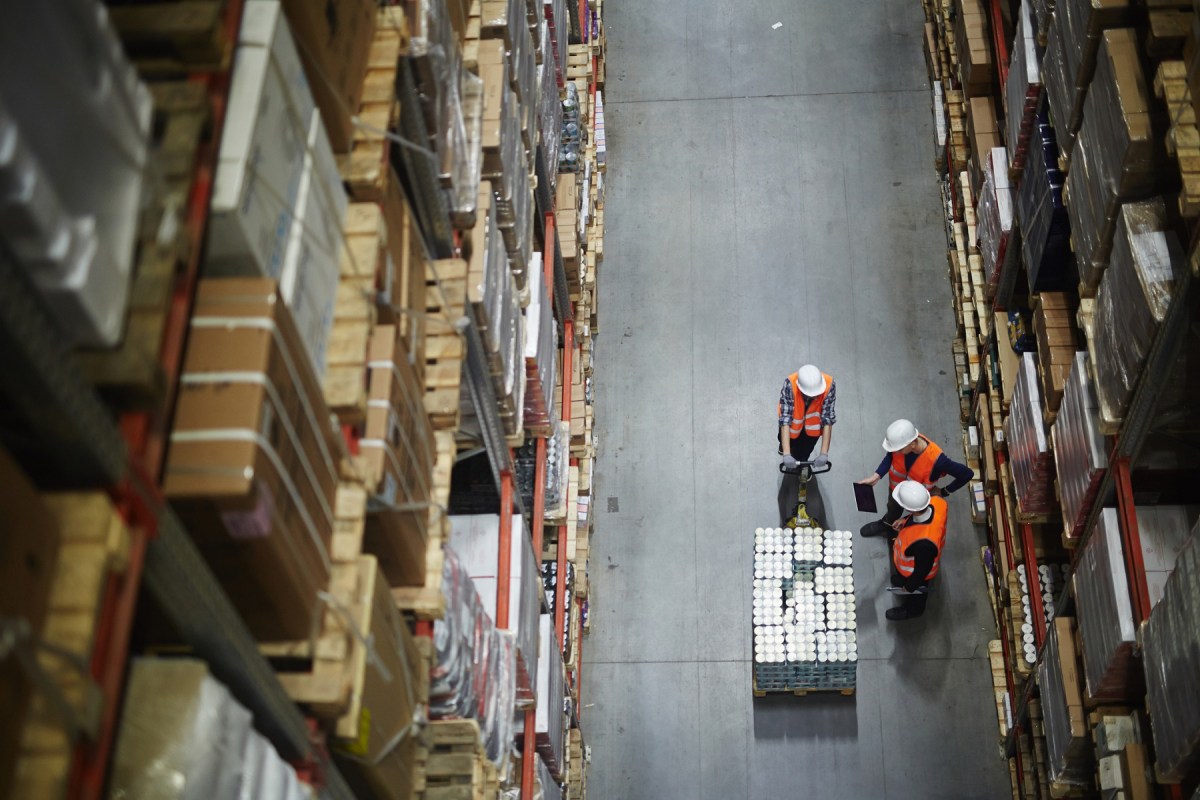There are positive signs we’re beginning to recover from the worst of the COVID-19 pandemic, but supply chain disruption shows no sign of slowing down any time soon.
The International Chamber of Shipping and other industry groups have called on world leaders to identify solutions to help avoid a possible global supply chain ‘systems collapse’. The open letter says the strain placed on employees has led to a worker shortage, which is set to get worse unless travel restrictions are eased and vaccine access improved.
UPS international president Scott Price told AFP it expects 2022 to be no less disruptive than this year, with low vaccination rates in developing nations to cause raw materials shortages.
“I half-jokingly tell people ‘Order your Christmas presents now because otherwise on Christmas Day, there may just be a picture of something that’s not coming until February or March,’” he said.
So, while retailers can expect a welcome revenue boost from the Christmas shopping rush for electronics, toys, home appliances and other gifts in the coming weeks, the need to navigate port congestion and factory shutdowns will remain.
COVID-19 has also changed the way people shop, causing some knock-on effects of its own. As we switched to working from home, demand increased for laptops, TVs and other electronics. As this demand came at the same time as chip manufacturing factory shutdowns, we’re now dealing with a global semiconductor shortage.
Since the pandemic hit, we’ve seen revenues tumble, production lines stopped and global distribution interrupted. Vulnerabilities in procurement risk management plans have been exposed. There’s no longer a guarantee that previously successful strategies will work.
How to keep customers happy this Christmas
You can’t control supply chain disruption, but if you haven’t got stock you can’t sell it. Now is the time to switch focus from inventory reduction to a more balanced approach. If removing waste was the main driver of your ‘just in time’ model, concentrate on the removal of duplication and manual processes instead.
Online orders for delivery and click-and-collect services have increased dramatically during the pandemic. This presents an opportunity for retailers willing to adapt. Encouraging customers to order ahead is a win-win, because customers get their Christmas gifts on time, while you have a better understanding of demand and can hold stock to meet it. Be clear about availability and when customers will receive deliveries.
As the world continues to recover from the pandemic, there will be no quick fixes. Gartner research predicts the global semiconductor shortage will continue until at least the second quarter of next year. Constructing new manufacturing plants will take longer to resolve. It may be five years until we see things settle down to pre-pandemic levels.
There’s no way for retailers to completely avoid global supply chain challenges. But a long-term, strategic procurement strategy, including continuous monitoring of supply chain risk, reduces the impact of turbulence.
This means developing digital procurement strategies to identify, scale and evaluate risk.
One of the best ways to manage the unexpected is with real-time information sharing. The sooner you are aware of potential issues, the sooner you can react. Set five-year goals and stick with them, checking in regularly with stakeholders to stay on track.
Give yourself a competitive advantage
Retailers with digitalised procurement and supply chain strategies are a step ahead of competitors. Thanks to the cloud and intelligent technologies, they have better visibility and greater agility. This means fully informed decision making is possible, even when shipping or production disruption occurs.
These risks aren’t going away. With ongoing concerns around climate change and other threats, now is the ideal time to set your business up for future success.
Gordon Donovan is APJ Intelligent Spend Evangelist for SAP Ariba and SAP Fieldglass.

